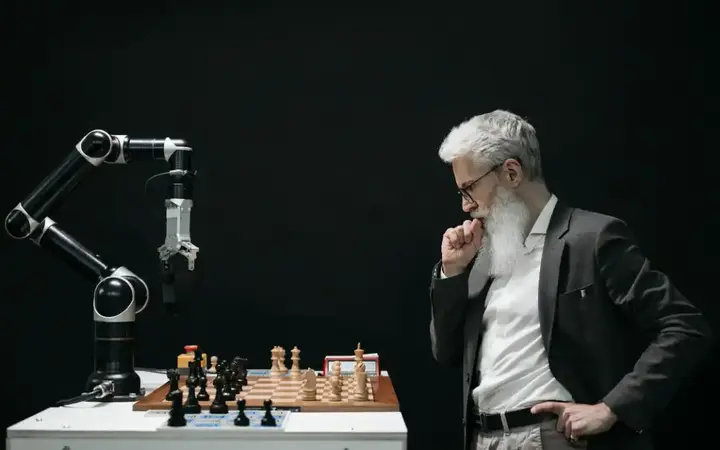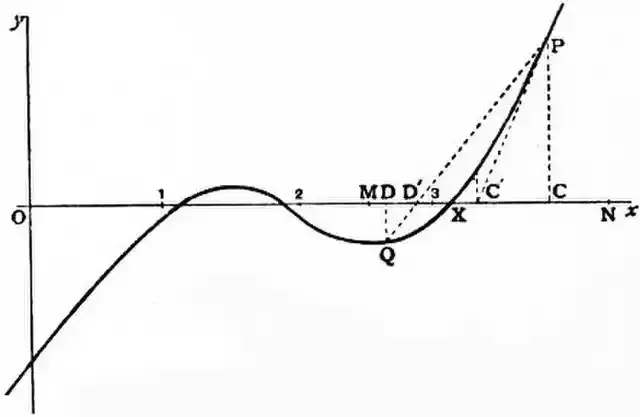The five scientists who have won two Nobel Prizes – and what sets them apart?
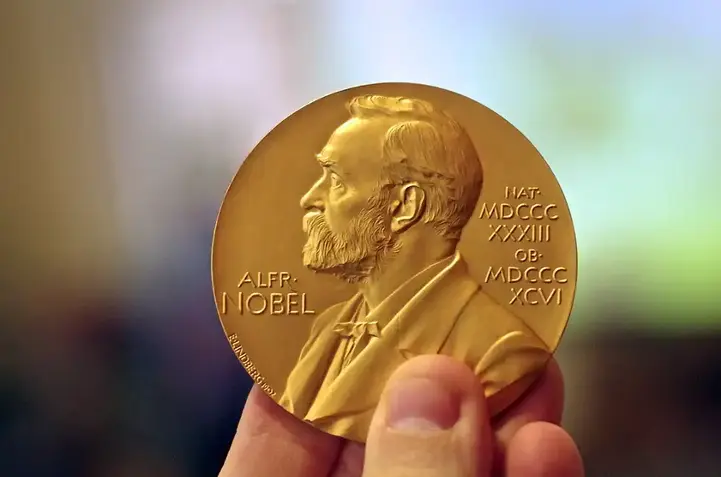
Is there anything that distinguishes a Nobel Prize winner twice from a once-in-a-time winner? Let's explore who got it twice.
List of Five Scientists
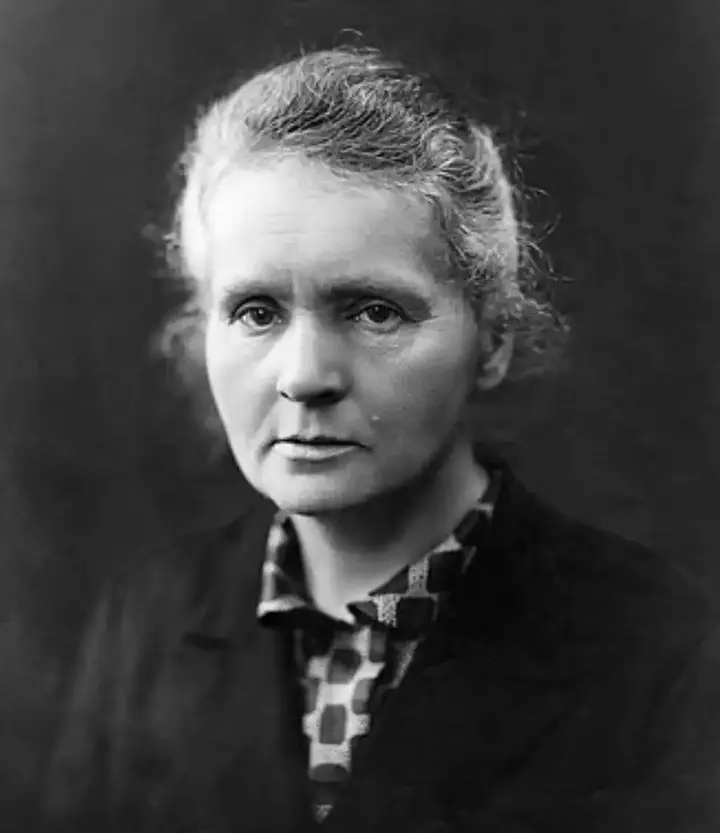
a) Marie Curie - Physics (1903) and Chemistry (1911)
In a photograph of the first Solvay Conference on Physics and Chemistry in 1911, one figure stands out among the physics giants present: the lonely woman. Marie Curie is the most famous of these five scientists and for good reason.
The world today, as well as science in general, is very different from what was old thanks to it. She won her first prize for her work in radioactivity (physics), and then her second just eight years later for discovering radium and polonium (chemistry). Among the laureates were the first woman, the first to win twice, and the first (and only) in two different scientific fields.
Recommend
The first prize was shared as a joint winner with her husband and with Henri Becquerel. The Curie family is a family of five Nobel laureates, and the institute created by it produced four others.
Curie's achievements are all the more impressive given that she had to struggle for a great deal of opportunities, including getting a world-class laboratory and becoming a member of the French Academy.

b) Fred Sanger – Chemistry twice (1958 and 1980)
Any molecular biologist should love Fred Sanger – he is one of the champions of science. He was awarded two Nobel Prizes for his innovation in protein and DNA sequencing processes.
The first prize, for working on the structure of insulin, was won by himself. The second prize was shared with other researchers. Sanger's contribution was his method of determining the structure of DNA, which is still used today.
The importance of the breakthroughs made by Sanger cannot be overstated. Everything from the Human Genome Project to the discipline of practical molecular biology stems from the sequencing methods he devised . In contrast to Marie Curie's portrait, Sanger was a calm and humble figure. This suggests that two-time Nobel laureates do not all fit the same template. It should also be much more appreciated than it is now.
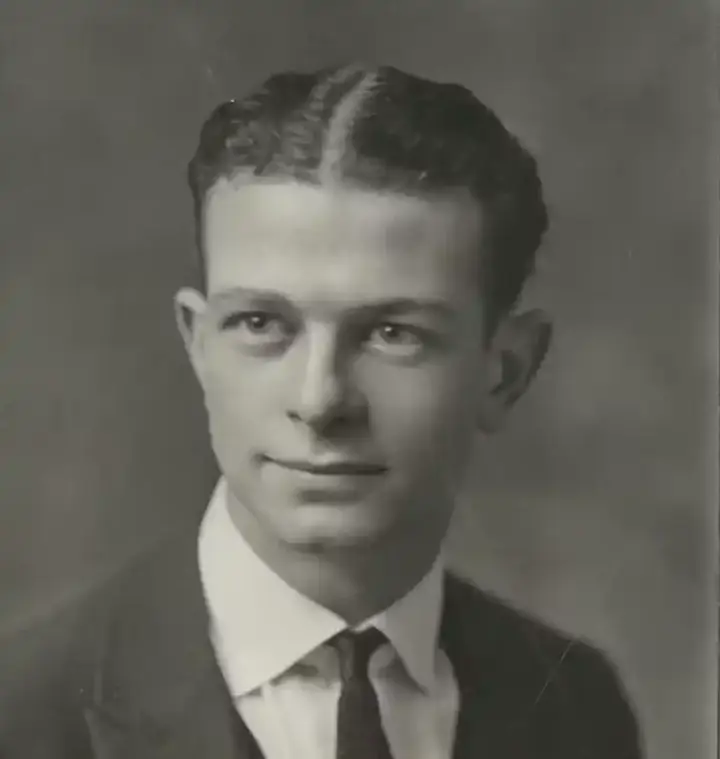
c) Linus Pauling – Chemistry (1954) and Peace (1962)
Bowling is the only person to have received two non-joint awards, and only he and Currie have won two different awards. His discoveries in the Chemical Association won first prize, and he helped establish molecular biology as a discipline. His work inspired others in the race for DNA structure.
He was a pioneer in quantum chemistry and made the extraordinary prediction of the presence of alpha snails and beta plates - secondary structures of proteins. Had it not been for fundamental errors in predicting DNA structure, he would have won the third prize but in the end it went to molecular biologist Francis Crick, James Watson and Maurice Wilkins. His mistakes inadvertently helped scientist Rosalind Franklin find what was missing. Franklin was the unsung hero of DNA discovery, and was disqualified from the Nobel Prize despite her decisive contribution.
His second prize was not one of the science prizes but the Peace Prize. He received this award for his passionate advocacy of nuclear disarmament with his wife, and has put himself in the spotlight against nuclear weapons testing wherever possible. He has received every major prize in chemistry during his lifetime.

d) John Bardeen – Physics twice (1956 and 1972)
As with Sanger, Bardin's practical achievements cannot be underestimated.
He won both physics prizes for the invention of the transistor – a device used to amplify or switch electrical signals and energy – and for the discovery and conductivity of superconductivity, in which superconducting materials transmit electricity with little or no resistance.
He received both awards equally, but was the first to receive two awards in the same field. He deserves to be a household name, as his work has touched every area of our lives and influenced many disciplines.
Some may think that two-time Nobel laureates are too focused on their careers, but Bardeen has helped others contribute to winning the physics prize through generous collaborations with other scientists.
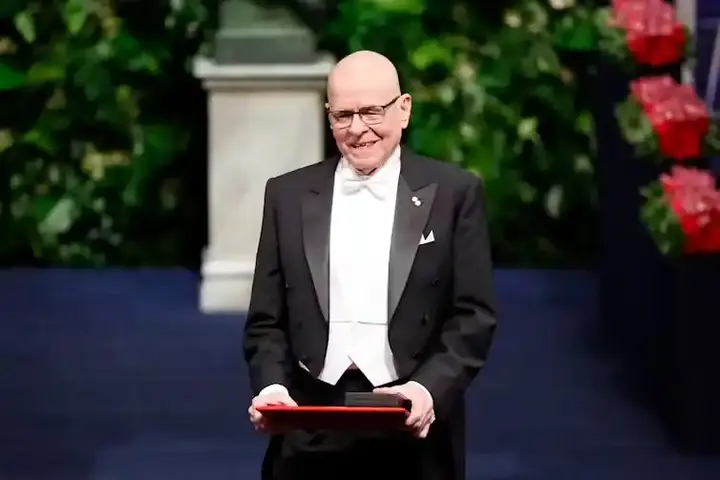
e) Carl Barry Sharpless – Chemistry twice (2001 and 2022)
A more modern hero, Sharpless is the only one still alive. The two awards were shared but fall within an unusual list of awards with which he has been honored including the Priestley Medal and the Wolf Medal.
His first prize was for a process called asymmetric catalytic synthesis. The second was about "click chemistry," in which molecular building blocks can be made to stick together quickly and efficiently to form new compounds.
He was not only the scientific "king" of percussion chemistry, but also had good communication skills that were useful in defining the science behind the processes named after him.
Sharpless has changed the life around us without us knowing it by facilitating difficult chemical processes. Like the others on this shortlist, his passion for the subject and his curiosity are limitless. In fact, in his eighties, he remains at the forefront of researchers and one of the most respected academics in the world.
Conclusion
There is no prototype of two-time Nobel Prize winners. Everyone will have their own point of view about the greatest of these five. It is difficult to argue against Marie Curie, who had to overcome huge obstacles as a female scientist at the beginning of the twentieth century, things were against her unusually, and she paved the way for other Nobel laureates. Sanger should also be considered among the greatest practical scientists in history, because we continue to reap the rewards of his successes through the modern genome revolution.
![]()
The world's oceans: species, environments, life and the magic of colors
The oceans, covering over 70% of Earth, are changing color due to climate change and human impact. From deep blue in the Pacific to green or milky turquoise in coastal or Arctic waters, these shifts reveal changes in marine life and health, making ocean conservation more vital than ever. more- ADVERTISEMENT
![]()
How does fear work? What is phobias?
How does fear work? What is phobias? more- ADVERTISEMENT
![]()
A good leader knows he doesn't know everything: lessons my old sergeant didn't learn
Great leaders don’t pretend to know it all—they lead with humility, collaboration, and a willingness to learn. In today’s fast-changing world, success comes from empowering teams, embracing change, and valuing diverse perspectives, not clinging to outdated notions of authority. more- ADVERTISEMENT
![]()
Jobs that will disappear and others that are needed due to artificial intelligence
AI is evolving fast, replacing many jobs that involve routine tasks like data entry, customer service, and even accounting. But instead of fear, this shift brings new opportunities in fields like AI development, cybersecurity, and creative innovation—where human skills in critical thinking and empathy are more needed than ever. more- ADVERTISEMENT
![]()
History of Antarctica
History of Antarctica more- ADVERTISEMENT
![]()
Equations That Changed the World of Physics: A Historical View
Equations That Changed the World of Physics: A Historical View more- ADVERTISEMENT
![]()
Sacred places in the Andes: 7 secrets of Machu Picchu
Machu Picchu isn't truly the lost city of the Incas, and it's not as forgotten as once believed—locals were living there when rediscovered. Many marvels are hidden underground, and if you're up for a sweaty climb, you can skip the pricey bus and enjoy epic views for free. more- ADVERTISEMENT
![]()
Success Guide – How to turn your presentation into an exciting story?
Success Guide – How to turn your presentation into an exciting story? more- ADVERTISEMENT
![]()
If we look at Olympic stadiums since 1896, are they still in use?
Looking back at the Olympic venues since 1896 – are they still in use more- ADVERTISEMENT
![]()
Navigating the Chaos: From Chaos to Stability in Life
Chaos is a natural part of life, often unavoidable but not unmanageable. With tools like mindfulness, time management, and support systems, individuals can reduce its impact and find stability. It's less about eliminating chaos and more about adapting to it wisely for a more balanced life. more- ADVERTISEMENT















